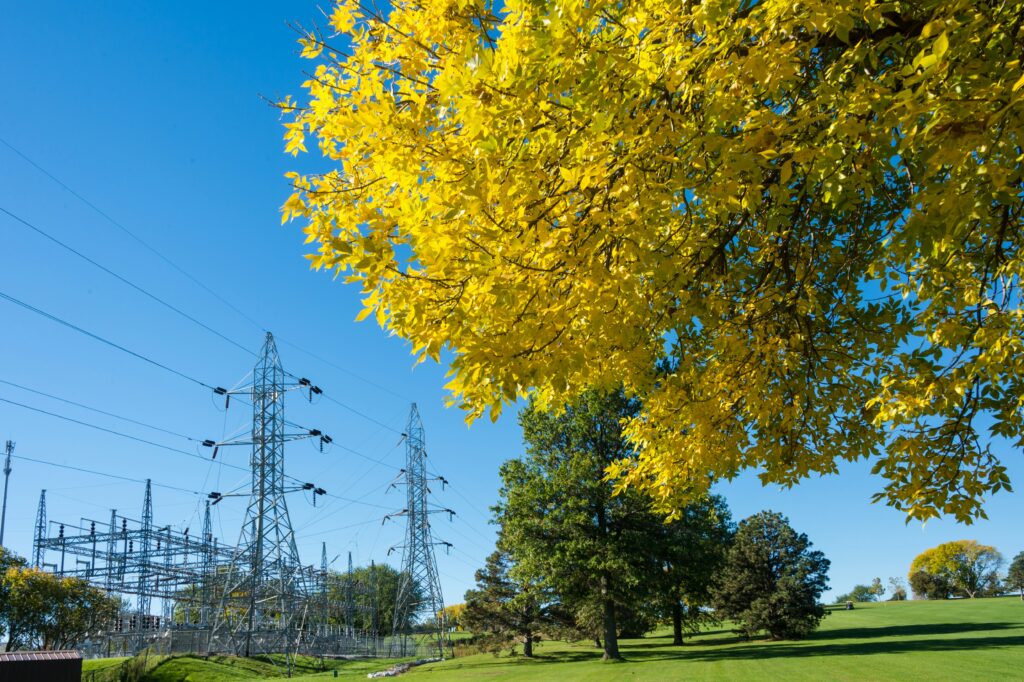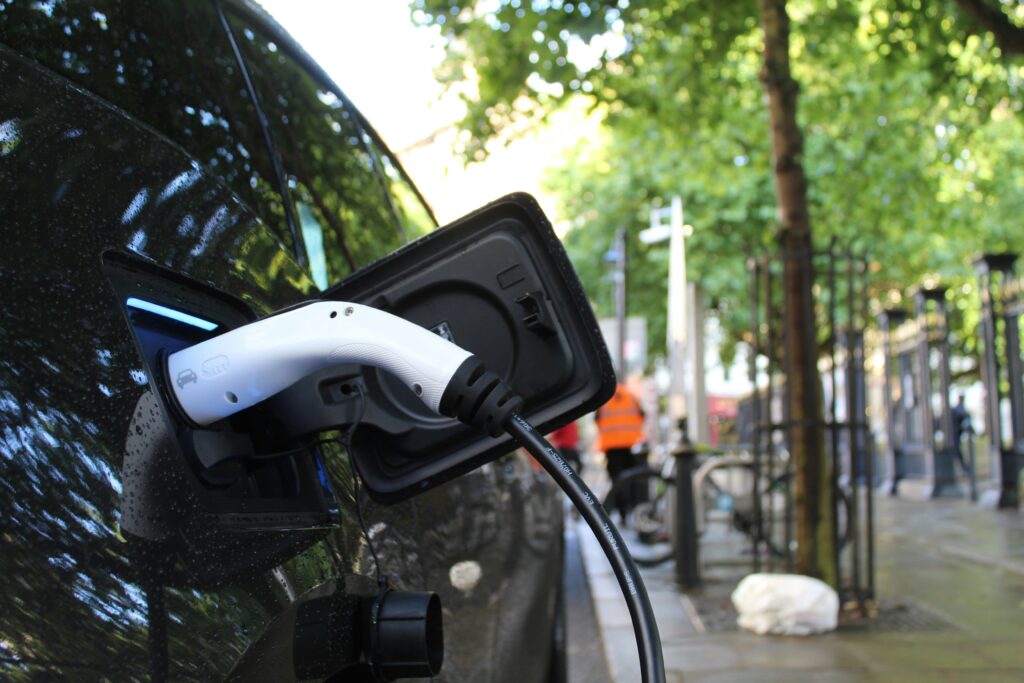Blog
Tagged In: Climate Change, Federal Policy, Inflation Reduction Act
Investing in Ohio’s Climate Future
Cassie Johnson, Communications Associate, April 17, 2024
How the Inflation Reduction Act and the Bipartisan Infrastructure Law are Supporting a Healthier Environment for All Who Call Ohio Home
The Inflation Reduction Act and the Bipartisan Infrastructure Law are historic investments in climate action, but what does that really mean?
Embracing these investments means we can lower our home energy costs, upgrade our aging utility infrastructure, and ensure our communities are resilient to the impacts of climate change. Moreover, putting these funds to work across Ohio will support good-paying jobs while improving air and water quality. We at the OEC have been hard at work advocating for the state of Ohio and local leaders to apply for and equitably implement these funds.
So, imagine with me what our future could look like as we put these investments to work.
Weathering the Storm: Why Grid Resilience is Key to a Reliable Future
Through these federal investments, the Biden Administration is funding at least $14 million in improvements to the resilience of our energy grid through a grant to the Public Utilities Commission of Ohio. The OEC has been active at the PUCO on this issue, offering comments and recommendations on best ways to implement federal funding for grid resiliency. By incentivizing improvements to our aging electrical infrastructure alongside energy efficiency improvements and renewable energy production, Ohio communities will be able to better withstand the growing number of severe weather events caused by climate change.
In June 2022, our current energy grid failed 230,000 AEP Ohio customers in Central Ohio during one of these severe weather events, resulting in dangerously hot conditions for primarily Black, brown, and low-income communities. While the 2022 outage was an extreme case, it’s a scenario that happens frequently across our state. But we have the opportunity to create a more resilient climate future. By equitably stewarding the federal dollars coming to Ohio, we can create an energy grid that works for everyone — no matter where you live or what company provides your electricity.
Incentivizing Individuals: Ensuring Ohio Families can Access Clean Energy
And, let’s be clear: federal funding is not just for cities and utility providers — this money is for Ohioans like you, too! Increased development of rooftop and community solar will decrease residents’ reliance on investor-owned electric utilities to keep your lights on and your refrigerator running. Individual tax credits and rebates through the Inflation Reduction Act will help your household to purchase energy efficient appliances and pay for repairs to decrease your energy consumption.
In today’s economy, bold climate action like this that makes energy more affordable for Ohioans and better for our environment is a major win for everyone.
Bridging the Gap: Funding Solutions for Universal Access to Safe Water
The Bipartisan Infrastructure Law provides $603 million in funding to replace Ohio’s lead service lines, ensuring all Ohioans have access to clean, safe drinking water. By empowering local governments to directly steward funding, Ohio’s local leaders can upgrade our drinking water systems to residents without bearing the costs — or passing them on to consumers like you.
While most of us know about the lead contamination in the tap water of Flint, Michigan, few realize lead water lines are a major problem here in Ohio. Currently, there are an estimated 650,000 lead service lines throughout Ohio — more than almost any other state in the nation. Exposure to lead, even at low levels, can cause serious health effects in all age groups, but especially for children. Once lead pipes are replaced, Ohioans will no longer have to worry about lead-contaminated drinking water.
CLIMATE ACTION PLANNING
Many municipalities across Ohio have already developed climate action plans, outlining the steps their cities will take to reduce greenhouse gas emissions. The State of Ohio has never developed a plan until now. After securing a $3 million Climate Pollution Reduction Grant, the Ohio EPA submitted its first Priority Resilience Plan which details the major sources of emissions in Ohio and identifies the primary emission reduction measures that the state will focus on in the near-term. The OEC proudly supported the state in developing its plan, joined the plan as a partner for future outreach, and stands ready to support future efforts including the development of a Comprehensive Resiliency Plan in 2025.
LEVERAGING PRIVATE
INVESTMENT
According to a February report by Climate Power analyzing public announcements from the private sector, new clean energy projects
have already spurred $8.8 billion in investment and supported over 8,612 good-paying clean energy jobs in the state.
ADVANCING ENVIRONMENTAL JUSTICE
Importantly, the Biden-Harris Administration made a commitment early in their administration to ensure 40 percent of the overall benefits of key federal investments support disadvantaged communities that have been underinvested in and overburdened by pollution. The Justice40 initiative is providing
important funding for Ohio communities.
These are just a few examples of many ways unprecedented federal investments are supporting a healthier environment, a stronger economy, and a more resilient climate future across Ohio and the nation. With the support of members like you, the OEC continues to advocate and work with partners to ensure those investments are making an impact in communities across Ohio.




